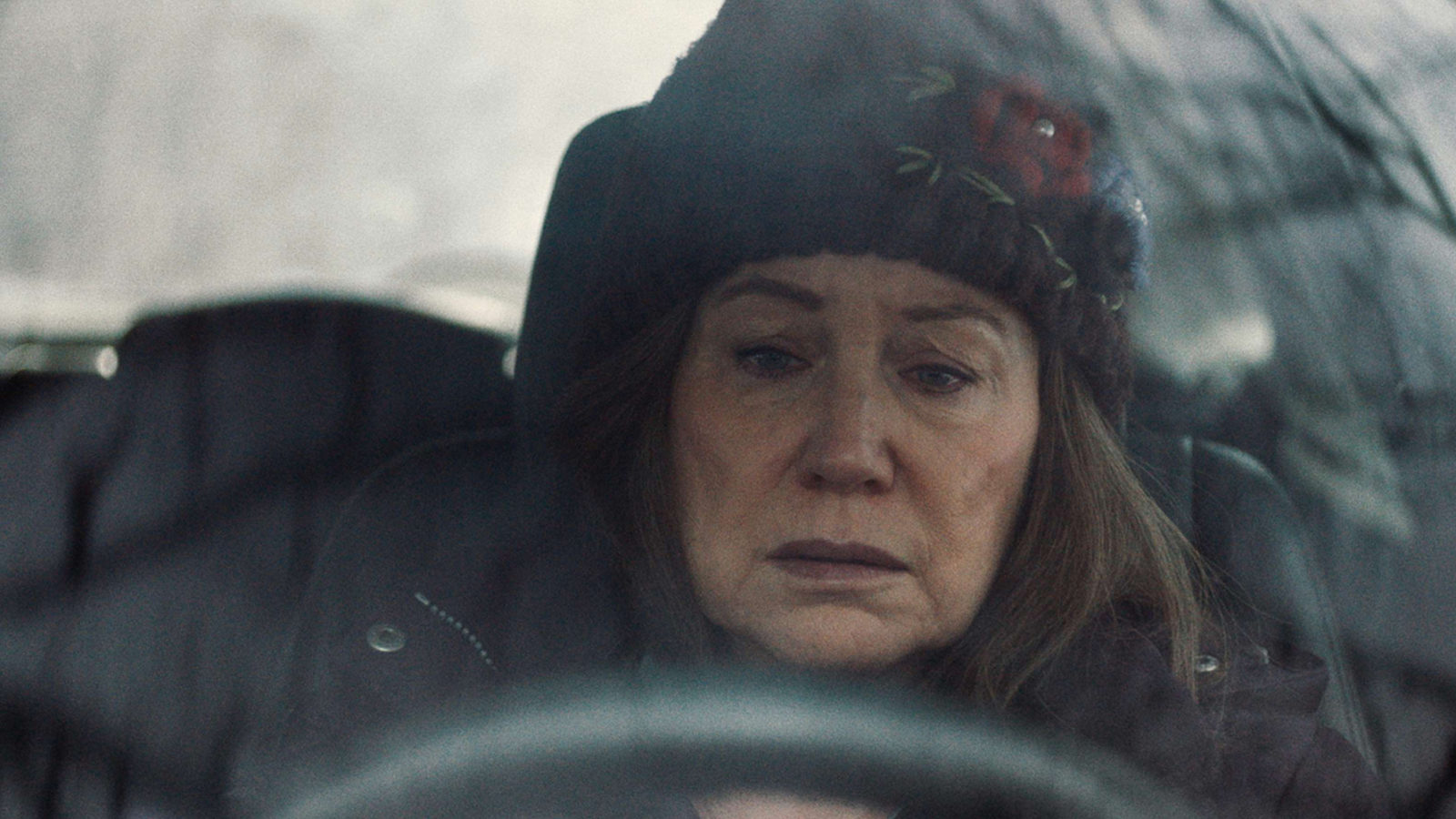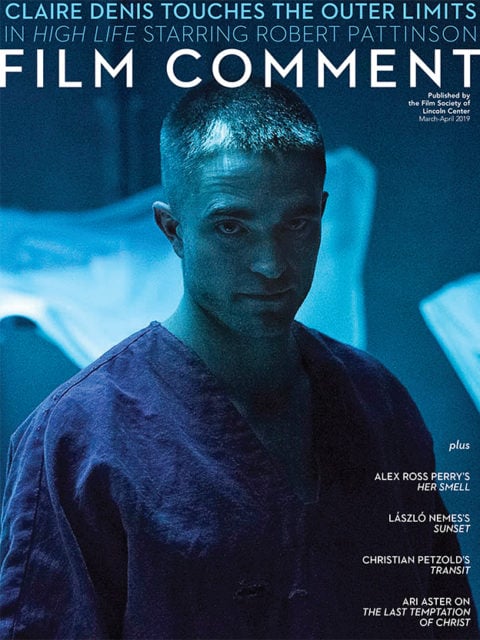
To Each Her Own
Artistic influence and inspiration are so difficult to pin down or measure that you can’t even really describe them as phenomena. They’re bound up with life, with experiencing the passage of time and coming to terms with ceaseless change. It’s not a matter of academic pursuit. It’s about staying open, seeing and hearing and feeling and describing more and more all the time. A life of movie-watching gave me a wide array of possibilities for aesthetic choices on paper and in preproduction. For instance, the look. I told my DP, Wyatt Garfield, that I wanted to do what Jim Jarmusch and Fred Elmes did to get the particular softness of Paterson, which meant vintage Cooke Prime lenses and pieces of vintage stockings over the back element of the lens. Wyatt got deep into the second step.

On a broader level, because I know American movies from the ’30s through the ’50s so well, I felt comfortable working in a register that is no longer common in cinema. I don’t go back to American films of the studio era because they’re reassuring or comforting. I think that Ford and Hawks and Wyler are as complex and probing as Hellman and Scorsese and the Coens. But those older directors made movies that embodied and reflected a shared way of being that’s gone now, one that I knew firsthand from growing up with my great aunts, on whom many of my characters were based. These were people with big personalities who commanded a lot of space when they wanted to, they were great storytellers, and they spoke of their lives and the hardships and tragedies they endured in humorous but often extravagant, melodramatic terms that were echoed in those films. I wanted to make something that reflected their own felt sense of themselves and the lives they led. Fortunately for me, there is no shortage of great actresses in their sixties and older, which meant that I got to work with Joyce Van Patten, Phyllis Somerville, Glynnis O’Connor, Andrea Martin, Estelle Parsons, Deirdre O’Connell, and Mary Kay Place. I wrote Diane for Mary Kay and only for Mary Kay.
While I wanted to embody the spirit of the people I knew and loved, I also wanted to come at the viewer from an angle of vision that reflects life as I’ve come to understand it. On that front, I guess that I really do have a model of “artistic inspiration” in Bob Dylan’s last few albums of original songs. I’m thinking especially of “Floater” and “Sugar Baby” from Love and Theft. Those songs are so close to the ground, they move and think and breathe like life—ordinary, uncanny, and in constant motion. If I aspired to reach a level that I recognized in someone else’s work, it can be found in those songs.
Closer Look: Diane opens on March 29.







